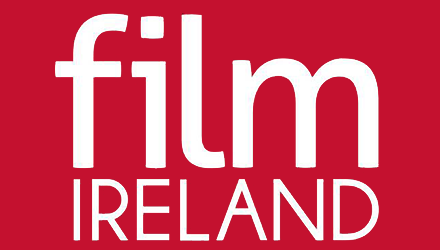Sarah Cullen takes a look at Kim Longinotto’s powerful documentary which strips back the glamorous image of the Sicilian Mafia, showing the harsh reality of life, death and business at the hands of those who wield it.
After being bowled over last year by Sicilian Ghost Story, Fabio Grassadonia and Antonio Piazza’s haunting fictional rendering of the real-life mafia kidnapping and murder of Giuseppe di Matteo, the son of a mafia informant, my interest was piqued when I heard about the Virgin Media Dublin International Film Festival’s showing of Shooting the Mafia. Kim Longinotto’s documentary examines the work of photographer Letizia Battaglia who has spent decades capturing the crimes of the Sicilian mafia. Guiseppe’s unimaginable ordeal is not mentioned, which says far more about the bloody history of the notorious crime syndicate than it does about the documentary: as demonstrated by Battaglia’s haunting photography, there have been countless Giuseppes since she began recording their violence since the 1970s.
The first female photographer to be employed by an Italian newspaper as well as the first Italian photojournalist to document the mafia’s violence, Battaglia’s life and work are both explored throughout. At the age of only sixteen she entered into a constricting marriage to escape from her controlling father. After her divorce she took up photojournalism. Using her camera she took over 600,000 photos recording the death and destruction wrought across Sicily by mob violence. Shooting the mafia, in Battaglia’s case, frequently meant recording the aftermath of their actions: inert bodies in their own blood, funerals, the destruction of vehicles. Inevitably, her life is part of the wider fabric of Sicily: she became a target of threats from the mafia and relates her own grief at the deaths of other resistors against the regime. Through it all the photographs she never took, she observes, are the ones that haunt her the most.
Longinotto’s ambitions to push at the boundaries of the documentary form are highlighted early on: as she highlighted in the Q&A afterwards, alongside photography and other archived recordings, Battaglia’s life is illustrated with footage from early Italian cinema. Drawing comparison between the men who attempted to prevent Battaglia’s creative freedom as a young woman and the mafia which circumscribed the freedoms of Sicily, Longinotto draws a line between the importance of personal creativity and the self-determination of an entire community. In its many uses of multimedia, Shooting the Mafia explores the possibilities of art as a tool for challenging violence.
Coming out of Shooting the Mafia, I felt like I had more questions than answers. In a certain sense, it’s difficult to know for sure what the focus of Longinotto’s chronicle is: Battaglia’s life, her photography, or the struggles of Sicily. But then again, this may be appropriate considering the multiple meanings of focus in a filmed recording of a rumination on the possibilities of photography. Like Battaglia’s own photography, which approaches its subject matter in an oblique manner, Shooting the Mafia approaches Battaglia in an oblique manner, through her romantic relationships, her photography, and her political career. One suspects there is much that Battaglia is keeping from the viewer: moreover, one suspects that is the intention of an individual who approaches the world from behind the camera.
Shooting the Mafia screened on 2nd March 2019 as part of the Dublin International Film Festival (20th February – 3rd March).






1 Comment
Pingback: Irish Films to Look Out For in 2019 - Film Ireland Magazine